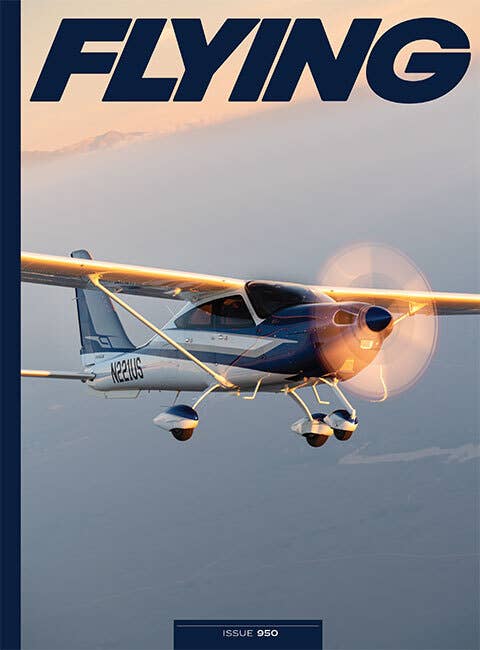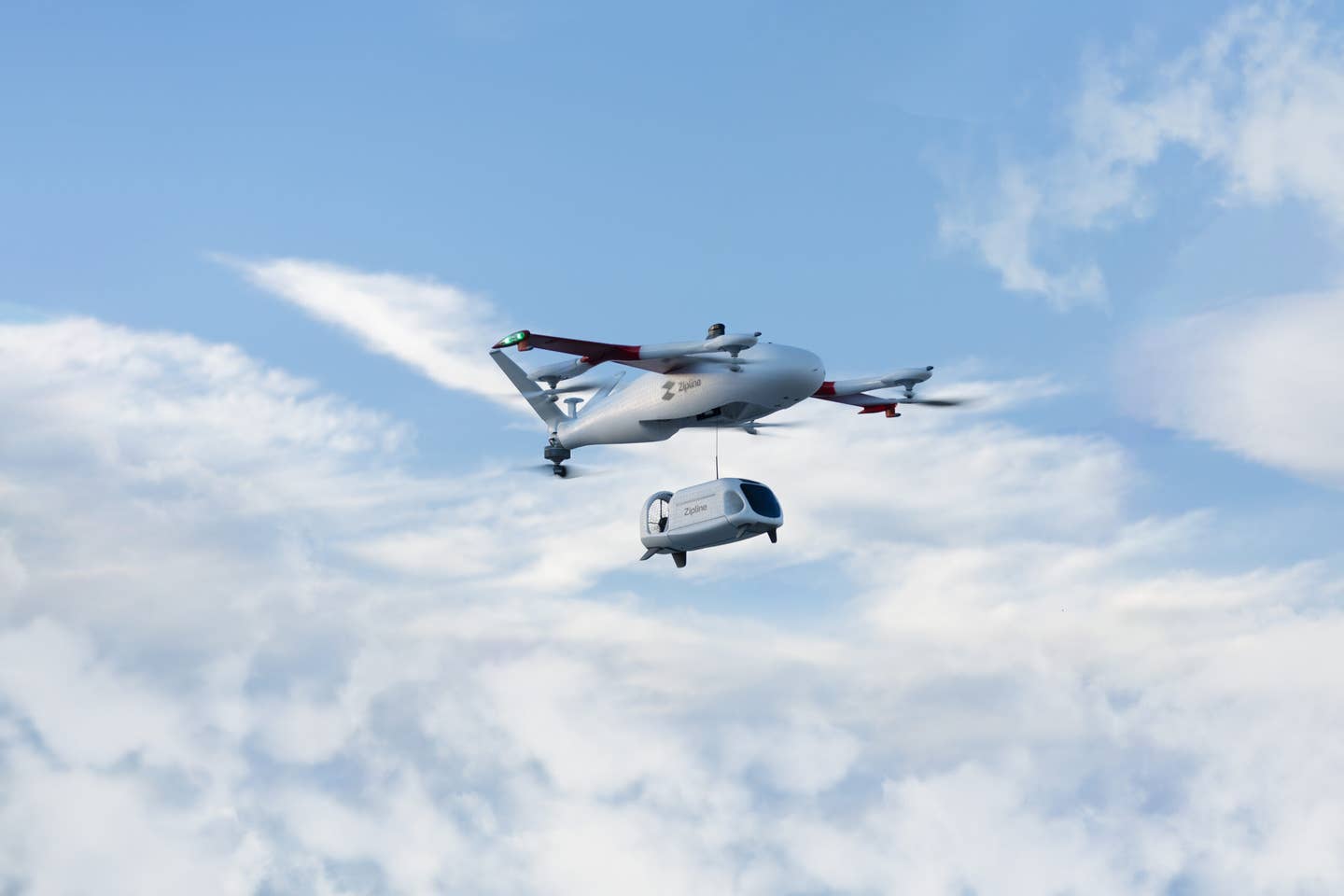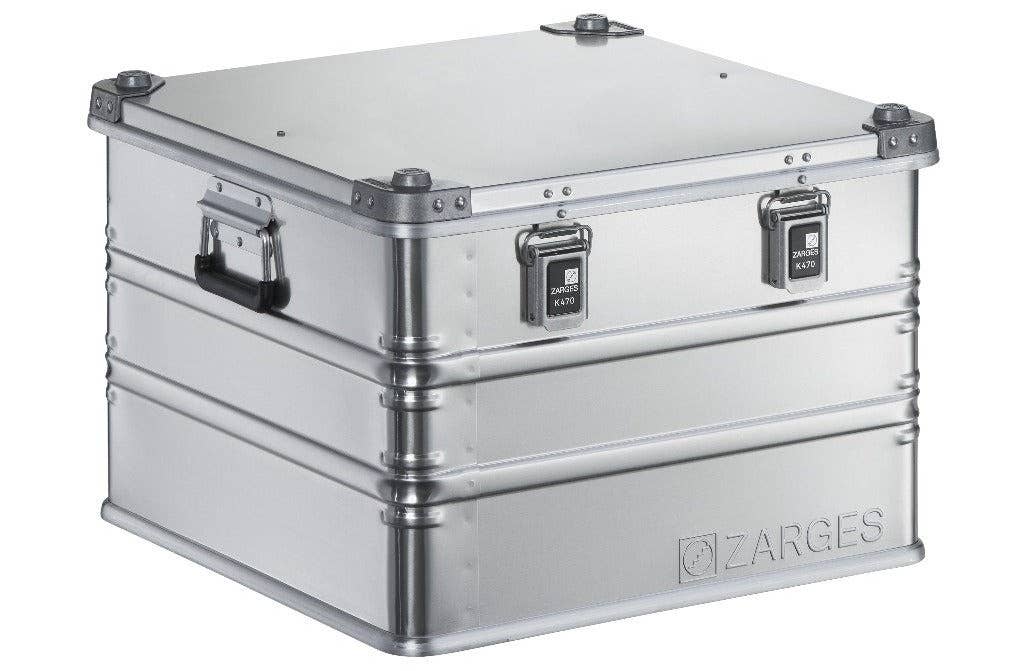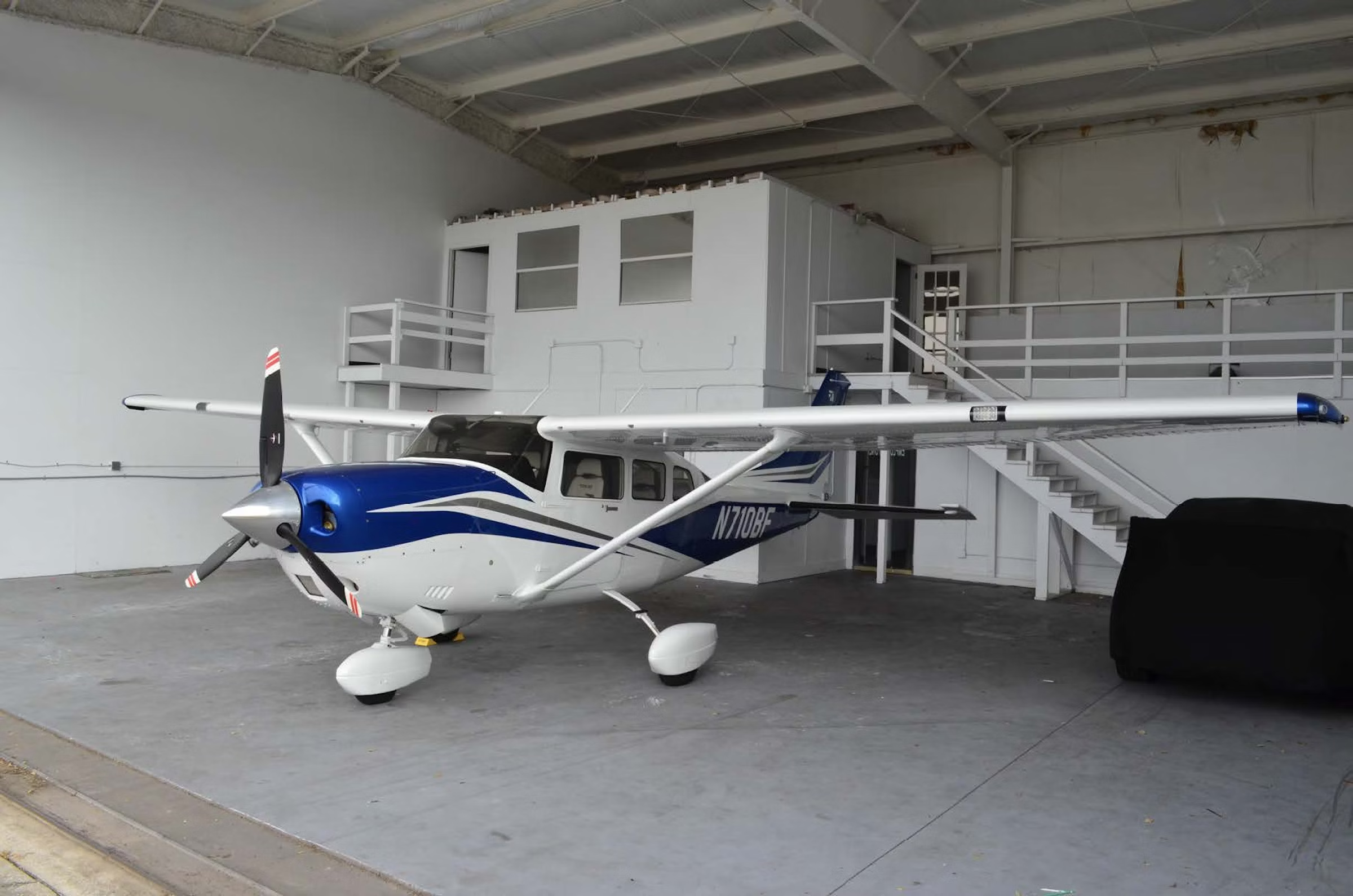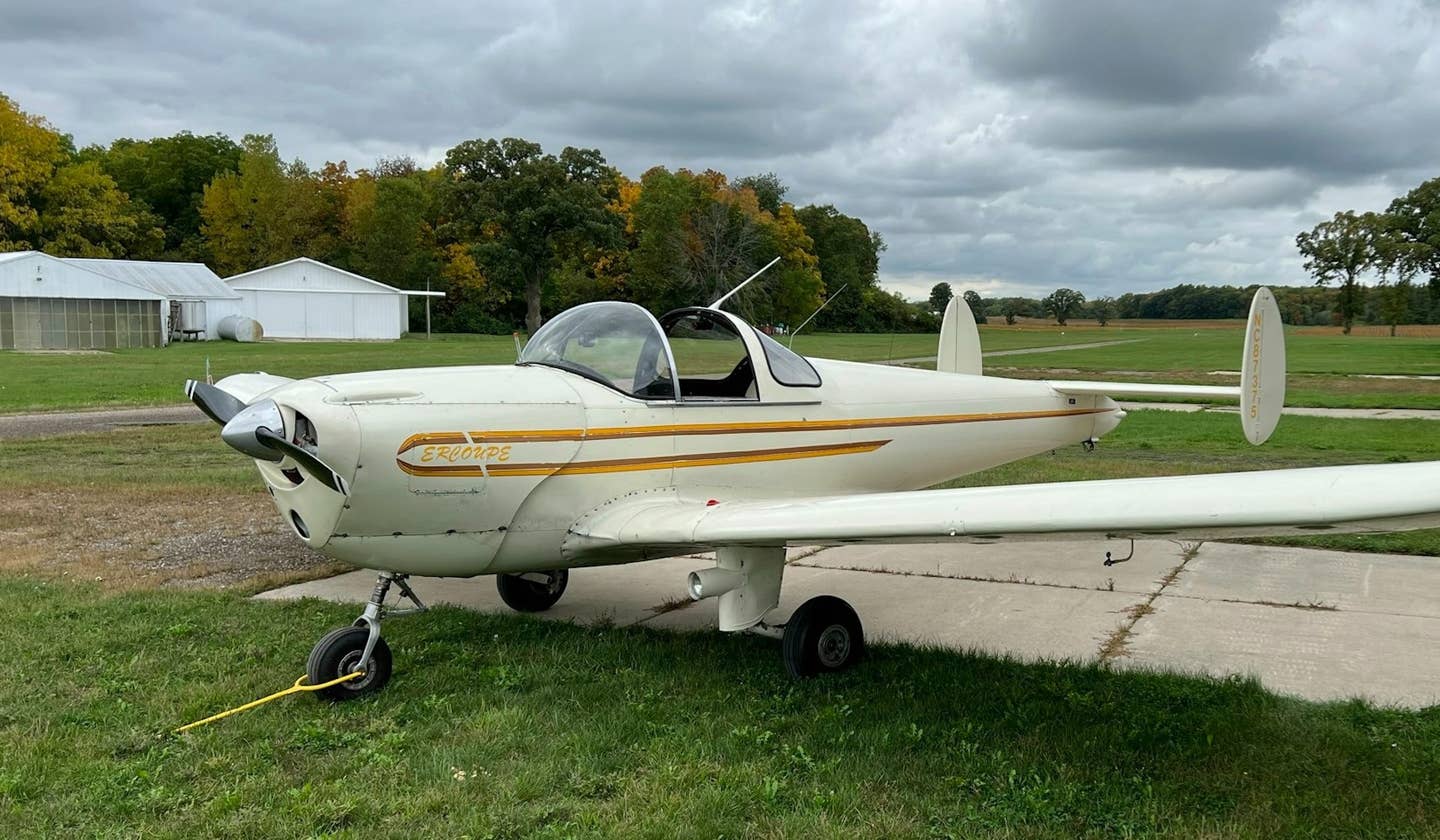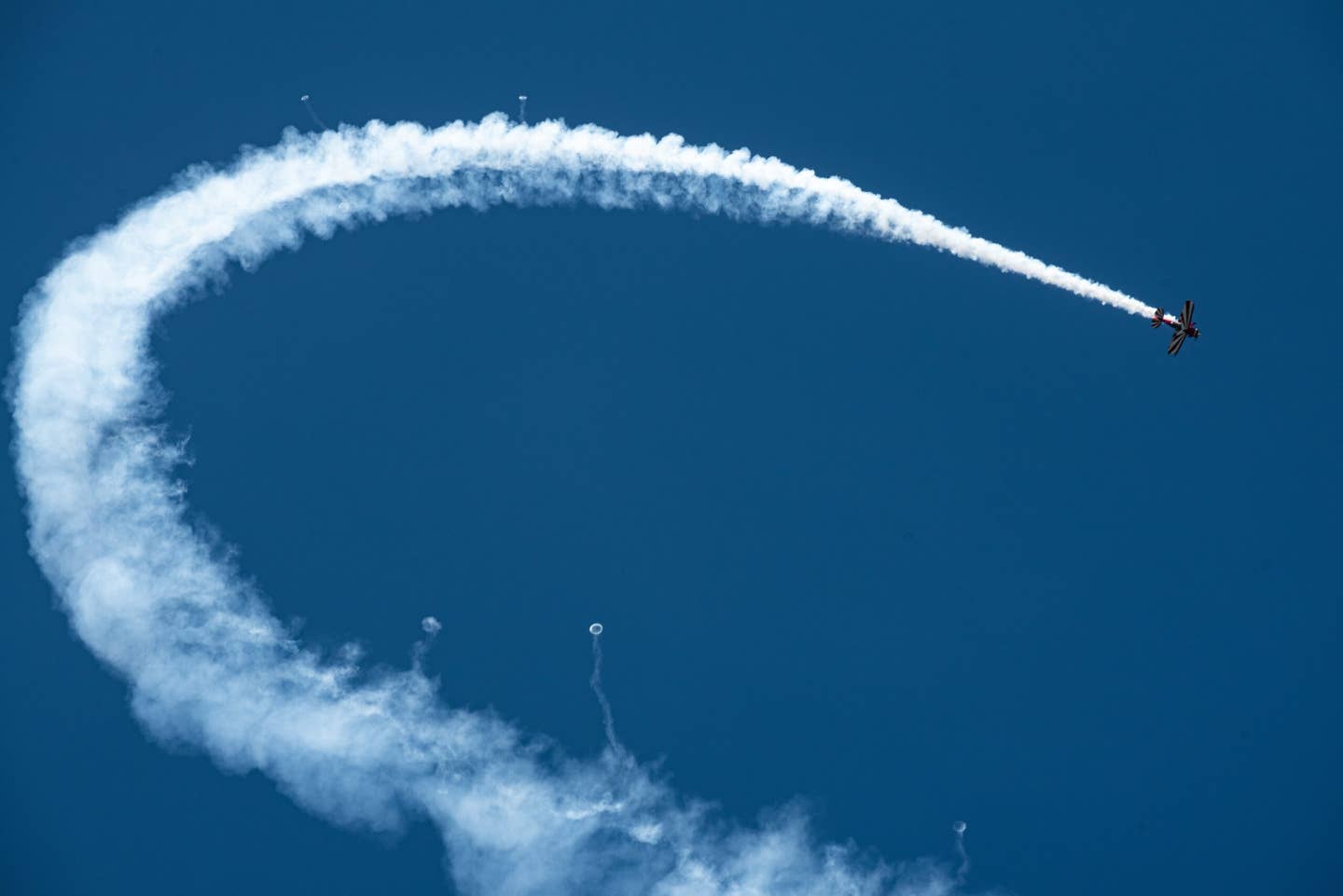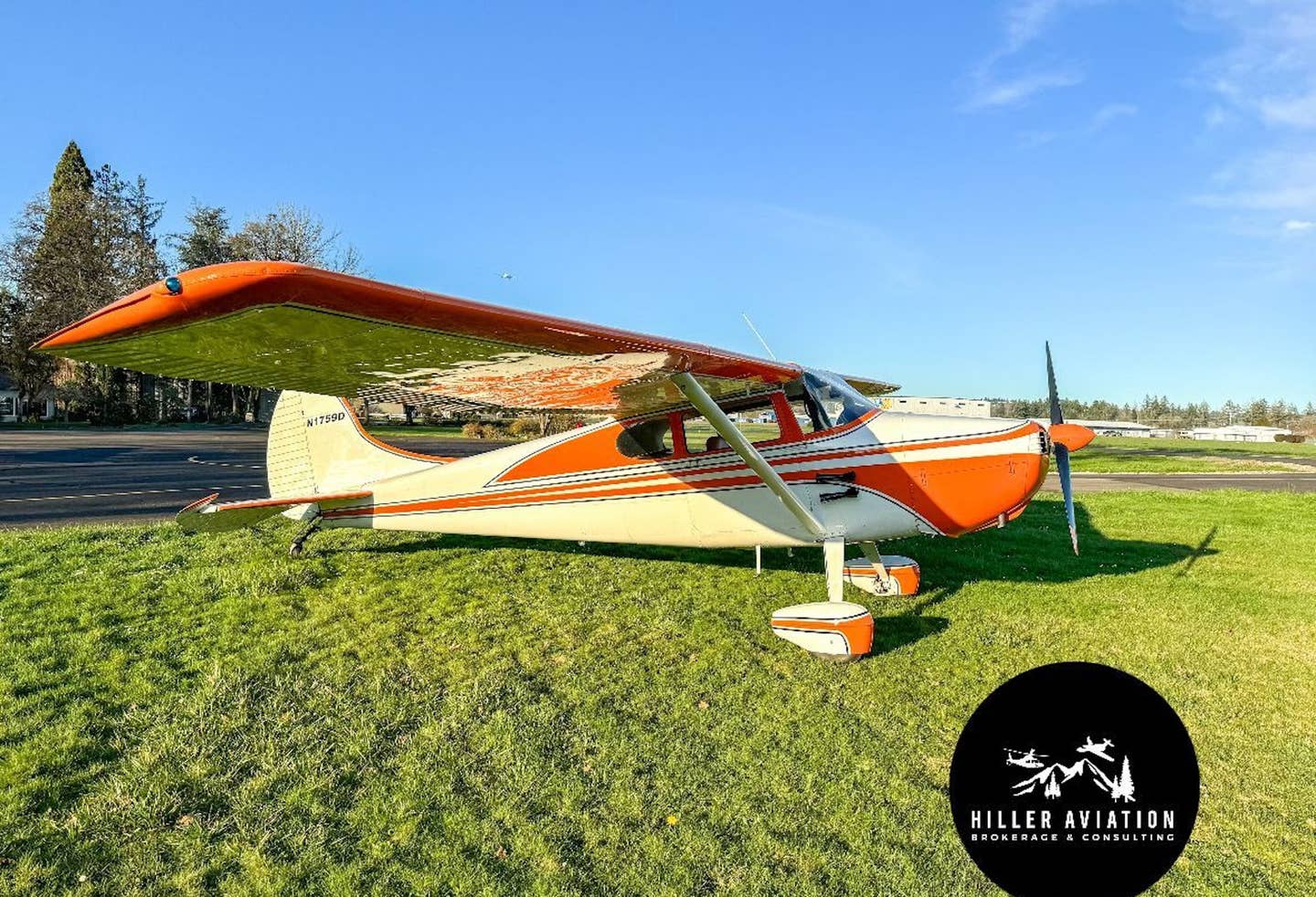Is It Time to Make the Turbine Transition?
Step up from a high-performance four-seat piston aircraft and step out in style with a new cabin-class owner-flown six-seater.
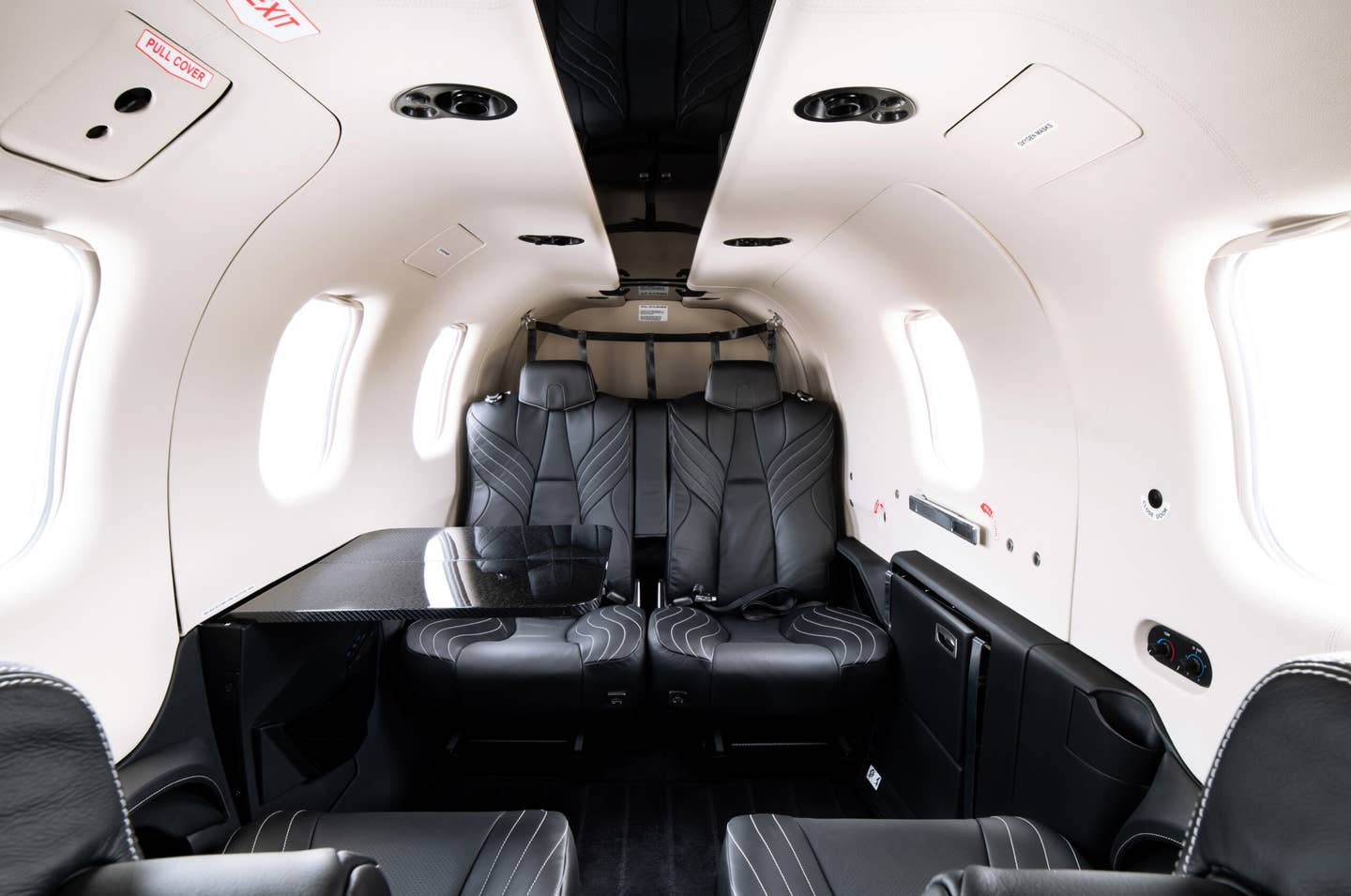
Inside the cabin of a Daher TBM 910. [Courtesy: Daher]
Aircraft owners at one point or another have all uttered a common sentiment: “It’s a great airplane, but I just wish it were a little faster…and could climb above the weather…and had pressurization…” Aircraft manufacturers heard that pilot’s lament long ago and have made most satisfying piles of cash by responding to it. Strategically, they’ve sold new pilots one of their more modest models, and then made it easy and reasonable to step up to more performance, larger cabins, deicing, turbocharging, pressurization, turbine power, and cruise speeds well above 200 knots. During the 1970s, Cessna even came to offer the first single-pilot jets with the Citation I and II SP, creating the world of the owner-flown turbojet.
Then came Cirrus. The SR20 entered the scene in the mid-1990s outperforming everything in its class, even with fixed gear. To the amazement of many, it was also used as a trainer, and new Cirrus pilots increasingly learned to fly and move up the ratings food chain.
If you're not already a subscriber, what are you waiting for? Subscribe today to get the issue as soon as it is released in either Print or Digital formats.
Subscribe NowNext came the SR22, and soon both models morphed from steam gauges to the Avidyne Entegra-integrated flight deck and a few years later to the Garmin G1000 suite, making it a technically advanced airplane (TAA), with more sophisticated avionics than many jets.
When the SR22’s turbocharged sibling, the SR22T, arrived. Cirrus aircraft were commonly found cruising happily in the flight levels, smoking along at more than 200 knots above a healthy proportion of the weather. They appeared on ramps at major airports previously occupied only by bizjets and turboprops. Cirrus owners were demonstrating that they had the aircraft and pilot sophistication to mix with the big iron.
But only if it were faster…
- READ MORE: We Fly: Vashon Ranger R7
In 2007, Cirrus let it be known it was developing a single-engine jet, the SF50, that could be flown single pilot and was primarily targeted for current Cirrus owners to grow into. The flight deck and systems were designed to have maximum commonality with its piston models.
Over the years, many pilots have bought Cirrus piston aircraft both for their performance, and because building time in them would help prepare them for the step up to the SF50 jet. A lot of those owners put down deposits on the SF50 confident that Cirrus would one day deliver the jet, and they could successfully complete the training for the type rating required to fly it as PIC. Their confidence was well placed. Once the SF50 Vision Jet entered production, more than half of the buyers were SR22 or SR22T owners.
But Cirrus Aircraft is not the only manufacturer benefiting from the more than 10,000 SR20s and SR22s sold. Manufacturers of turboprops (single- and multiengine) and other single-pilot jets also commonly have Cirrus owners stepping up to their product lines with the need for more seats and desire for greater performance.
With this being such a common pathway in the GA market, it seemed appropriate to dive deeper into some of the motivations and considerations Cirrus owners—and owners of other high-performance piston aircraft—face when transitioning to the turbine world.
For our purposes, FLYING will also look at seven turbine aircraft that are commonly selected for single-pilot turbine ownership. The basic premise is that each aircraft is certified for single pilot, can carry six people, and fly 500 nm nonstop with IFR reserves at more than 300 ktas. We used a payload of 1,000 pounds in the cabin, with heavier occupants forward, to bring the real world into the equation. Although many owner-flown turbines are often piloted with empty seats, the focus was on the idea of moving from four seats to six and being able to fill them and still have practical utility.
- READ MORE: Review: ‘Microsoft Flight Simulator 2024’
We spoke with Cirrus and other high-performance piston aircraft owners interested in stepping up to turbine equipment (or who had already done so), turbine aircraft salespeople, aircraft management firms, and insurance brokers with clients who successfully made the step up as well as some who, for various reasons, could not.
The reasons for making the step up to turbine power tended to fall into three categories: 1) The owner’s family had outgrown their four-place aircraft, and they had the financial wherewithal to buy a larger aircraft; 2) The owner had always wanted to own a turbine bird and used Cirrus ownership to build high-performance experience; or 3) The piston-owner’s business situation changed to where owning turbine speed and range made financial sense. There were other reasons—some purely ego driven—but those three were the most common.
Let’s now take a look at what’s involved in swapping your family piston-pounder for an aircraft where the engine(s) go whoosh. There are important considerations to face immediately—mission, insurance, operating costs, training requirements, and finding the right help to manage an expensive and complex aircraft.
Your Mission
By the time you’re considering a major step-up, you should have a good handle on the type of flying you are doing and what you would do with an aircraft that can go higher, faster, farther, and carry more. What you intend to regularly carry—persons and cargo—will define cabin size and baggage capability. Add to your planning the size and elevation of airports that you’ll use regularly and what sort of weather you will routinely face. Are you going to take the family skiing in the Rockies, across the country for vacations, into backcountry airstrips? As you answer the mission questions, you’ll increasingly define the right aircraft for you.
Once you start to get a handle on the machine that meets the mission, it’s time to find out if you can get insurance as an owner-flown single pilot. Mike Pratt, a principal in the insurance brokerage Foundation Risk Partners, told us that insurance is likely to be the biggest driver in determining whether you can step up to a turbine and operate it single pilot. He advised that the two factors driving your insurability in a turbine aircraft are age and level of experience. He pointed out, and other brokers agree, that if you do not have any turbine time by the time you are 60, it is going to be increasingly difficult to get insurance, and if you can get it, there will be conditions on your flying. Pratt also told us that if you have left your 70th birthday astern and have no turbine time, there is effectively no chance to receive insurance coverage.
- READ MORE: We Fly: Pilatus PC-24
Frankly, insurance companies are terrified of amateur pilots flying turbine equipment. What you will want to do is work with your insurance broker (the intermediary between you and the insurance company with a fiduciary responsibility to you, not the company) to find out what is necessary to show that you have the proficiency of a professional pilot. That usually entails simulator-based training and flight time in type aircraft with an experienced mentor pilot. Pratt also recommended 10 hours of dual in the type of aircraft you intend to buy before the purchase so that you do not have to put a zero in the “time in type” column in the insurance application. The thing you want to avoid when seeking to step up to turbine equipment is what’s called the “fat wallet, thin logbook syndrome.” If you’ve been flying a Cirrus SR22 or SR22T IFR for a few hundred hours, you’ve got a lot going for you over someone with the same amount of time in a 1970s vintage six-pack panel Piper Cherokee.
Never purchase an aircraft until you are certain you can attain insurance coverage. Every insurance broker FLYING contacted had at least one horror story of someone buying a turboprop or jet only to discover they were uninsurable.
Avionics-wise, insurers have yet to set formal requirements for experience with the brand of automation in a turbine. But given the speeds, altitudes, and weather turbines routinely tackle, the type of avionics in the turbine you intend to buy makes a significant difference. For a pilot with 700 hours behind a Garmin G1000 flight deck in a Cirrus SR22, the step up to the Garmin G3000 or G3000 PRIME flight decks in the seven aircraft reviewed article will be far easier than the pilot who has to learn the logic of a flight deck from a different manufacturer as well as the complicated systems of a new aircraft.
Turbine Training
If buying a turbojet, FAR 61.31 requires that you get a type rating. That means focused training and a check ride, as well as mandated annual recurrent training. In today’s insurance market, plan on simulator-based training rather than in-aircraft. If it is your first type rating, the FAA also requires that you undergo 25 hours with a qualified mentor pilot before you can fly as PIC.
Note, there is no type rating required to fly as PIC in a turboprop with a gross weight under 12,500 pounds. In the real world of turbine insurance, however, your chosen company will require that you take simulator-based training no matter what aircraft you buy.
Solid training matters. You’ve been flying piston power for years, and you know that it is pretty hard to damage an engine by the way you operate it. Now you’re stepping into a world where if you mess up a start sequence, you can damage a half-million-dollar engine in seconds.
You will almost certainly be required by your insurer to take simulator-based recurrent training annually. Initial type-rating training usually takes about three weeks of dedicated time—and we mean dedicated. Show up instrument current, competent, and shut off the rest of the world—you will need to focus. Initial turboprop training usually takes less time than type rating training, and recurrent training times are shorter. Consider if you have the time and temperament to set aside your life for intensive training each year.
It cannot be overemphasized the value of good simulator training when transitioning to turbine equipment. Beyond the simple increase in speed, there are high-altitude and high-speed aerodynamics and weather to learn as well as developing a visceral understanding of the relationship between altitude and fuel burn—something that just isn’t much of a factor in piston-powered airplanes. To get any kind of range out of a turbine, you must go up high, and you must get there soon after takeoff, or the low-altitude fuel consumption can wipe out any hope of getting to your destination. By the same token, if ATC demands a low altitude well short of your destination, it can be trouble, especially on one of those days where you’ve been fighting a 100-knot headwind at altitude.
While surprisingly many pilots of turbocharged aircraft don’t take them into the flight levels, that changes when you fly a turbine. Otherwise, you can watch the fuel quantity needles move as you push expensive jet-A through the engine down low.
If a type rating isn’t included in the price of the jet you’re buying, plan on at least $30,000 for a simulator-based course—figure half to two-thirds of that for turboprops. There’s also a chance a good aircraft manager may be tied in with other owners of your type aircraft so you’ll be able to get a reduced training price.
Aircraft Management
FLYING strongly suggests that you consult with someone deeply knowledgeable and familiar with the type of aircraft you want to buy in order to get a solid handle on operating costs. Turbines do wonderful things in terms of speed, altitude, and handling weather, but putting it simply, that costs money—often cubic money.
Once in the turbine world, the maintenance rules change. Some things that were optional to a Part 91 piston owner are mandatory when the airplane burns kerosene—and a lot of it. There are many turbine aircraft management companies that, for a flat rate per month ($2,500-$3,500 range) will work with you and your attorney and accountant on all matters involved with keeping the airplane safe and fiscally healthy, from pre-buy through sale and day-to-day operations.
If you do not have at least five hours a week that you can set aside to dealing with time and cycle component limits on your aircraft, manufacturer’s servicing instructions, monitoring maintenance performed, database updates, recordkeeping and the other paperwork requirements of a turbine-powered airplane, it’s strongly recommended to retain a management company. A manager should never charge you for parts or services, so the agreement should be a flat rate. A good manager can save you more than the management fee. (For more details, our sister publication, The Aviation Consumer, provided an in-depth article on turbine aircraft management in its April 2020 issue).
As with anything in aviation, do not get advice from someone who is trying to sell you something. That can be merely expensive around piston airplanes, yet it can bankrupt you in turbines. Keep in mind too that when COVID-19 hit, many wealthy people bought turboprops and jets so that they could travel privately. It received a lot of publicity. What didn’t get any attention was the proportion of those folks who unloaded aircraft—often at a loss—within a year or so when they found out the true costs of ownership.
Safety Systems
Not surprisingly, Cirrus owners like the Cirrus Airframe Parachute System (CAPS). They like it a lot. They like that it has saved lives, and we also found that they talk about it when considering stepping up from their pistons to turbine equipment. CAPS is likely responsible for some percentage of the sales of the SF50 Vision Jet, and it’s clear that SR22 owners are weighing whether anything will make up for the absence of CAPS if they buy a non-Cirrus turbine.
Regarding safety, note that turbine engines are substantially more reliable than pistons—and it’s one reason that they aren’t cheap. Nevertheless, having one engine and no parachute means that some step-up owners are selecting twins when they go the turbine route. Others told us that they are satisfied with the reliability of turbine engines and the fact that the majority of each flight will be high enough to provide a good radius of action should things get quiet and they become a glider pilot.
In looking at owner-flown turbine accidents, engine failures are not high on the list of causes. Loss of control is a more real concern, but because of the training requirements of insurance, in our opinion, the turbine accident rate is lower than the piston accident rate.
Plus, the safety offerings in the more recent avionics packages in turbine airplanes such as Garmin’s Emergency Autoland—which flies the airplane to a landing automatically—and HALO—which will return the aircraft to level flight if the pilot becomes spatially disoriented while hand flying—are systems that continue to increase the overall level of safety of turbine aircraft.
Clear Contenders
Pilots with significant IFR experience are in a good position to make the transition to turbine power, especially to the machines with G3000-integrated flight decks. Still, it’s a big transition that requires serious due diligence with insurance, training, operation, and maintenance before opening a checkbook. In no particular order, FLYING looked into seven factory-new aircraft that make a good step-up to cabin class. The owners we spoke with who made the move said the time, effort, and money were worth it in rewarding flying.
Daher TBM 910
Daher’s TBM series of single-engine, single-pilot turboprops are known for speed, roomy cabins, and large cabin doors. We looked at the 850 hp, six-seat TBM 910, which can whistle along at a max cruise speed of 330 knots. It has a max operating altitude of 31,000 feet that it can reach in under 20 minutes from a sea-level takeoff. This kind of performance is as good or better than some of the jets on the market, so training will be similar to that of a jet but without the type rating requirement. The TBM 910 offers Garmin’s G100NXi-integrated flight deck with synthetic vision and has a single-lever power control—much simpler for power management than in older turboprops. The cabin provides a great deal of space for six occupants, and the continuous seat tracks mean any size pilot can fit comfortably on the flight deck. In addition to an emergency exit in the cabin, there is an exit for the pilot as well. There is baggage space inside the cabin and forward and aft of it. The TBM 910 can carry 1,000 pounds in the cabin 500 nm nonstop without even being loaded to gross weight at takeoff.
Citation M2 Gen2
Given that Cessna has been building jets since 1955, starting with the two-seat T-37 for the U.S. Air Force, the company knows how to deliver a light jet for the owner-flown market. The M2 Gen2 Citation is a strong combination of performance—a 404-knot max cruise speed, max operating altitude of 41,000 feet, and by far the greatest useful load of the aircraft reviewed. The Williams engines are full FADEC, giving it a sea-level takeoff distance of 3,210 feet and initial rate of climb of over 3,500 fpm. A recent redesign shortened the power-lever console, making it one of the easiest of the aircraft reviewed for pilots to get in and out of the seat. Baggage space is 45.6 cubic feet, plenty for the family and all their stuff on a long trip. We have always liked the handling of Cessna’s Citations—and the M2 is no exception. With more than 36 years of experience building single-pilot jets, it’s also no wonder the flight deck and Garmin G3000 avionics in the M2 Gen2 are designed to support single-pilot operations and especially its challenges in high-density terminal areas and weather. At the NBAA-BACE in October at Las Vegas, Cessna announced its successor, the M2 Gen2 with new enhancements.
Honda HA-420 Elite II
The 422-knot HondaJet HA-420 Elite II—the fastest of the aircraft reviewed—maximizes its efficiency with engines mounted on top of the wings. Engine placement on the wing rather than fuselage allows the cabin to be notably larger than its peers. The 5-foot-wide cabin has a flight deck that is comfortable for any size pilot. It also has cavernous aft baggage space (57 cubic feet), so the club-seated passengers’ legs don’t overlap. Honda Aircraft also uses the Garmin G3000-integrated flight deck, including autothrottles and emergency autoland, two features that appear to be becoming necessary to sell owner-flown jets. Given Honda’s Formula 1 racing ties, it was not surprising to find buttons and switches on the yoke that made it possible to scroll through and activate many of the G3000 features without letting go of the control wheel. Two key passenger comfort features are a lavatory with a door and running water and the ground cooling mode that allows one engine to operate the air conditioning compressor. The Elite II has one of the best useful loads of the aircraft reviewed, something that should be considered a great value because of the flexibility it offers. One downside is that it is not a short-field jet, with a nearly 4,000-foot takeoff distance on a standard day at sea level.
Piper M700 Fury
Now the top of the line in Piper’s M series, is the six-seat, 700 hp M700 with a max cruise speed of 301 knots and max operating altitude of 30,000 feet. The Garmin G3000-integrated flight deck should ease the transition to turbine power and performance for any pilot with significant G1000 experience. (Prediction: Piper will soon offer Garmin’s new G3000 PRIME flight deck.) One of the reasons for the M700’s speed is its small cabin cross section. While it can carry six 200-pound people and fly 500 nm nonstop, things will be a little tight, with legs interlaced in the club-seating main cabin. The max baggage weight is 300 pounds aft of the rear seat, so filling up the cabin with passengers and bags means watching the weight and balance. M-series Piper turbine owners uniformly praised the aircraft as the perfect family transport. With two to four kids, a little careful packing means there’s enough space and load-carrying ability for the trip, and the cruise speed allows for getting to grandmother’s house in a hurry. An experienced SR22 pilot would find the step up to an M700 an enjoyable transition, and the family would appreciate the Garmin safety systems. The only downside is that if the pilot is over 6-foot tall, the flight deck will be cramped.
Epic E1000 GX
From Epic Aircraft in Bend, Oregon, comes the single-engine turboprop with the biggest powerplant up front—the 1,200 hp Epic E1000 GX. Combined with big power, a big cabin gives spacious seating for six, including pilots as tall as 6-foot-8, and the ability to haul all their stuff to its max operating altitude of 34,000 feet with an initial rate of climb well over 3,500 fpm. The E1000 GX can carry an impressive 1,100 pounds in the cabin with full fuel and fly 1,560 nm with reserves. The integrated flight deck is Garmin’s G1000 NXi, and GFC 700 autopilot. And at a speed of 333 knots, the E1000 GX is the fastest turboprop in this mix and is even faster than one of the jets with more than double the full fuel payload. Also noteworthy is Epic’s safety program, which the company describes as a comprehensive approach to risk mitigation that encompasses aircraft design and support, pilot training, and company commitment. Every Epic pilot, regardless whether the aircraft is purchased new or pre-owned, is contractually obligated to receive and pass training that includes ground instruction, avionics training, simulator training, and mentored flight instruction with an Epic-trained instructor.
Embraer Phenom 100EX
Coming from a company that has long been building turboprops and jets for military and civilian applications, it’s no surprise that Embraer’s Phenom 100EX is a strong performer, moving along at a max cruise speed of 406 knots. It has some of the most attractive interior options along with human factors designed to support single-pilot operation—yet it’s priced in amongst the turboprops. While fast, it also does well at the other end of the envelope, with the shortest runway requirements of the twin-engine jets reviewed. The Phenom 100EX boasts full FADEC Pratt & Whitney engines, multifunction spoilers to aid with roll control and lift dump after landing, fly-by-wire brakes with electronic antiskid that translates into more rapid stops when it really matters either on short or contaminated runways. The fit and finish and the thought that went into the design of the crew seats has been impressive since they have among the widest range of adjustments for virtually any size pilot. The Phenom makes use of the Garmin G3000-integrated flight deck with such safety items as envelope protection—which returns the jet to level flight should something go wrong while the pilot is hand flying—a solid copilot to assist single-pilot operations. The jet has single-point and an enclosed lavatory.
Cirrus Vision Jet SF50 G2+
Winner of the Collier Trophy in 2017 as the first single-engine personal jet and implementing the airframe parachute, the Cirrus Vision Jet is now in its G2+ iteration, which includes expanded mission capabilities, more power for takeoff, and the ability to carry more farther. With max pressurization differential now 7.1 psi, the cabin is at 8,000 feet when the jet is at 31,000. The flight deck was designed to be as similar to the SR22 as possible with Garmin avionics plus features like autothrottle and emergency autoland, which Cirrus refers to as Safe Return. We like the continued use of side-sticks and the unobstructed space in the front office. Getting into the left seat of this aircraft is relatively effortless compared to others. The Williams jet engine is full FADEC, so operation is easy as it gets on start-up and in flight. With autothrottle, the Garmin automation frees a pilot who knows the avionics to think well ahead of the aircraft. The SF50 Vision Jet G2+ is unique. It offers a spacious cabin and speed comparable to the single-engine turboprops explored but well below the speed (purchase price) of the twin jets. It also requires a type rating.
This feature first appeared in the January Issue 954 of the FLYING print edition.
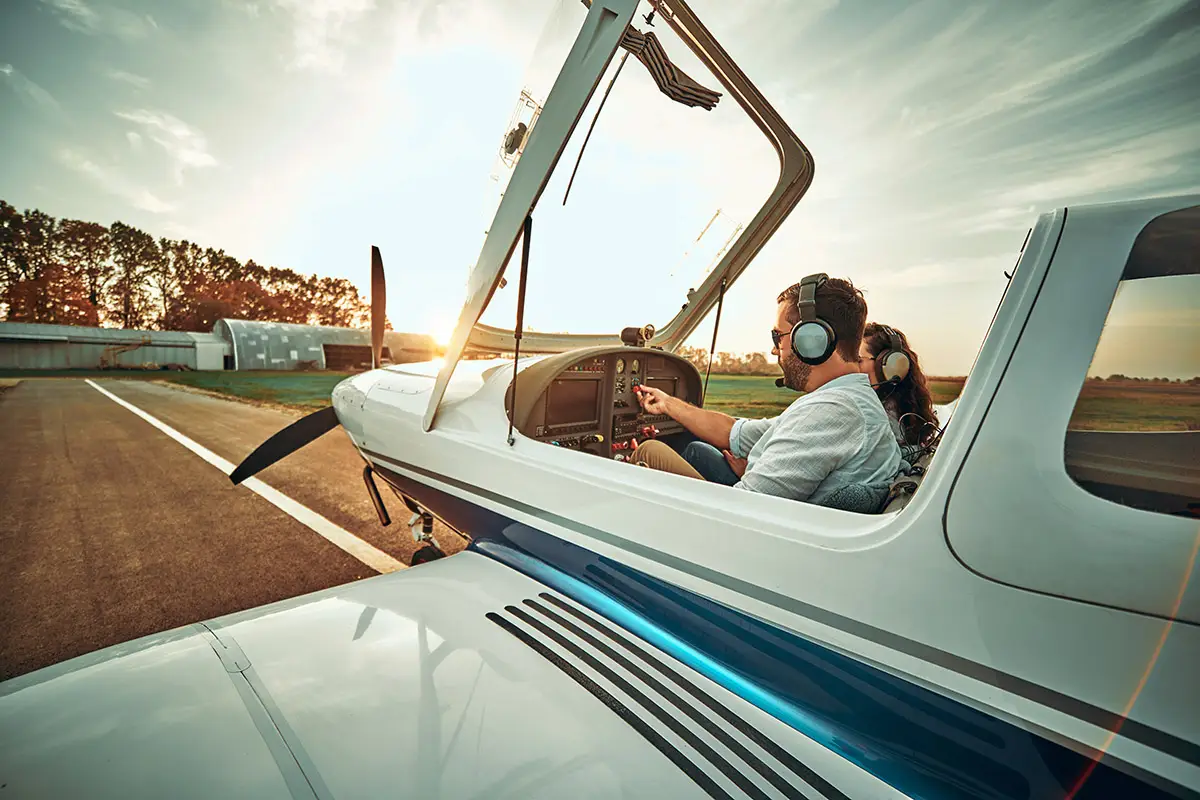
Sign-up for newsletters & special offers!
Get the latest FLYING stories & special offers delivered directly to your inbox

